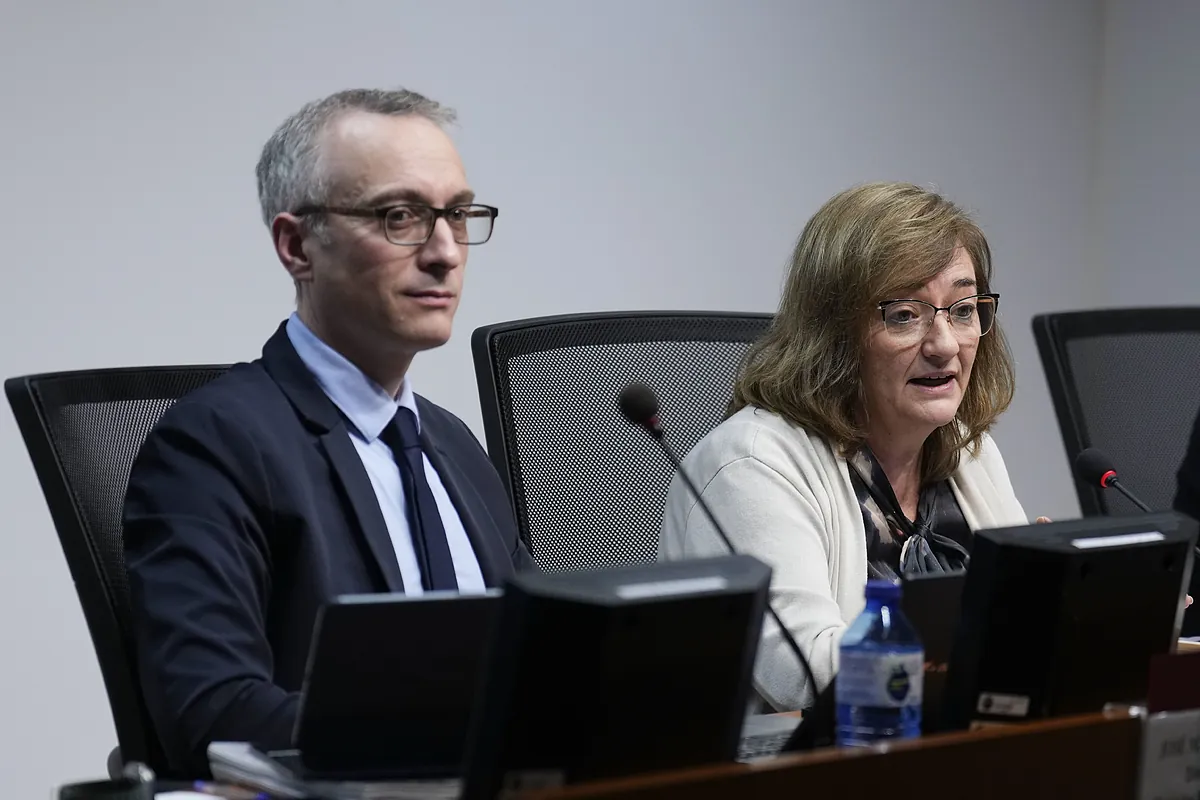The Independent Fiscal Responsibility Authority (Airef) He has published on Monday the study on administrative mutualism within the framework of the first phase of the Spending Review 2022-2026. An analysis that arrives at a key moment of the debate on the Mutualism model in Spain, when the government is about to close the open crisis in Muffle with the award of the new health concert for the next three years to Adeslas and Asisa.
The study, in the hands of the Government since the end of last year, has been detailed at a press conference by the president of the Airef, Cristina Herrerowho has exposed the recommendations in terms of efficiency and efficiency of the system. In general terms, the supervisory agency proposes two large structural reforms: transforming the current mandatory ascription into the mutualities of MuFACE, ISFAS and MUngeju into a voluntary regime and the progressive incorporation of the new mutualists to the National Health System (SNS).
Herrero explained that the first reform will “rationalize the system and generate savings for both the official and public coffers” by eliminating the contributions of those who choose to leave the mutualist system. Meanwhile, in his opinion, the progressive incorporation of the new mutualists into public health, accompanied by a reinforcement of their abilities, “would help overcome inefficiencies.”
To move from the mandatory assignment to the volunteer, Airef raises the need to carry out a previous advisory process during the next concert. And regarding the incorporation of new mutualists to the SNS, which proposes the tax authority is not an immediate transfer, but gradually and conditioned on reinforcement of the capacities of the National Health System and the results of the evaluation of the determinants of the waiting lists.
In this sense, the blacksmith technical team has carried out an exercise of simulations that yields the following results in the absence of a structural reinforcement of the system: go to 1.6 million MUFACE, ISFAS and MUngeju mutualists to public health would involve 0.9 additional consultations per day in primary care; 24.6 more patients for every 1,000 inhabitants (30%) more in specialized consultations; and 1.3 more patients for every 1,000 inhabitants (7.2% more) in the surgical field.
These medium -term structural reforms would allow, according to AIRF, rationalize the system and generate savings for both public and mutual coffers and overcome the inefficiency involved in segregation of a subset of the population, especially in a context in which more and more officials choose public health. According to the data collected by the supervisory body, 24% of mutualists opt for public provisionHowever, this percentage increases to 70% in cases that require hospital income due to serious pathologies.
The Airef has carried out this study in depth with the information collected from more than 400 million microdatos anonymized of both the mutualities and private insurance companies and the ministries involved and the conclusions of a survey conducted to 16,000 mutualists. And the recommendations that reflect on the document released on Monday are aligned with the position of the Ministry of Healththat last November he released a report in which he considered “viable and reasonable” to attend to all MUFACE officials in public health.
Regarding the system financingthe person responsible for the Division of Evaluation of the Fiscal Authority, José María CasadoHe explained that at the moment the system shows a positive balance of 37 million euros because public mutualism has a 573 million surplus, while the private one suffers a 536 million deficit. This is because while in the public the largest income (782 million) does not translate into expenses (209 million), while in private expenses (2,521 million) far exceed revenues (1,985 million).
